Samsung Announces Galaxy Tab S7 & S7+: S865+ & 120Hz Tablets
by Andrei Frumusanu on August 5, 2020 2:00 PM EST- Posted in
- Mobile
- Samsung
- Tablets
- Galaxy Tab S7
- Galaxy Tab S7+
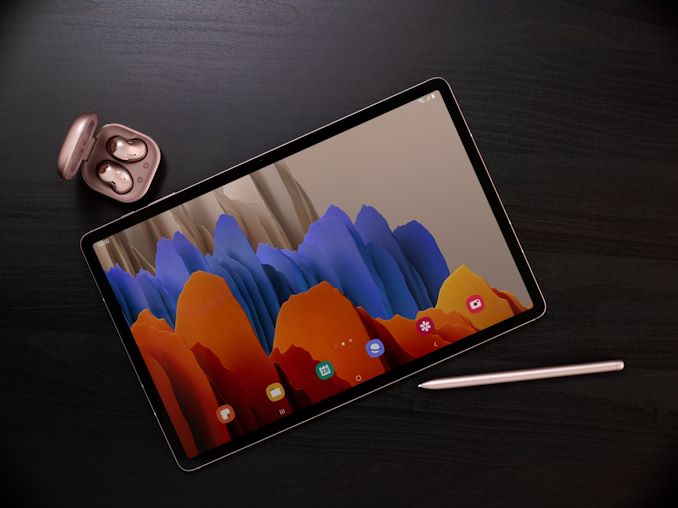
Today alongside the Note20 series smartphones, Samsung is also releasing a pair of new high-end tablets in the form of the new Tab S7 and Tab S7+. It’s been a long time since we’ve seen some good Android tablets as the market is seemingly small and struggling versus the more common-place Appls iPads – but today’s S7 series is really raising the bar in terms of hardware capabilities, bringing some significant updates to the table for what probably are the best Android tablets on the market right now.
What makes the new Galaxy Tab S7 tablets shine is their brand-new Snapdragon 865+ processors alongside high-resolution 120Hz screens, big batteries, quad-speaker setups and a new design that it’s incredibly thin.
| Samsung Tab S7 Series | |||
| Galaxy Tab S7 | Galaxy Tab S7+ | ||
| SoC | Qualcomm Snapdragon 865+ 1x Cortex-A77 @ 3.1GHz 3x Cortex-A77 @ 2.42GHz 4x Cortex-A55 @ 1.80GHz Adreno 640 @ ?MHz |
||
| Display | 11-inch LTPS LCD 2560 x 1600 (16:10) 120Hz |
12.4-inch OLED 2800 x 1752 (16:10) 120Hz |
|
| Dimensions | 253.8 x 163.3 x 6.3mm 498-502g |
285.0 x 185.0 x 5.7mm 575g |
|
| RAM | 6 / 8 GB LPDDR5 | ||
| NAND Storage |
128 / 256GB + microSD |
||
| Battery | 8000mAh (30.96Wh) typ. | 10090mAh (39.04Wh) typ. | |
| 45 Super-fast Charging (18W included charger) |
|||
| Front Camera | 8MP | ||
| Primary Rear Camera | 13MP wide-angle | ||
| Secondary Rear Camera |
5MP ultra-wide-angle | ||
| 4G / 5G Modem |
|||
| Snapdragon 5G - Snapdragon Modem X55 (Discrete) (LTE Category 24/22) DL = 2500 Mbps - 7x20MHz CA, 1024-QAM UL = 316 Mbps 3x20MHz CA, 256-QAM (5G NR Sub-6 + mmWave*) DL = 7000 Mbps UL = 3000 Mbps *Depending on region and model |
|||
| SIM Size | NanoSIM + eSIM | ||
| Wireless | 802.11a/b/g/n/ac/ax 2x2 MU-MIMO, BT 5.0 LE, NFC, GPS/Glonass/Galileo/BDS |
||
| Connectivity | USB Type-C no 3.5mm headset |
||
| Special Features | Side capacitive fingerprint sensor | Under-screen fingerprint sensor | |
| Quad-Speakers with Dolby Atmos | |||
| Launch OS | Android 10 with Samsung OneUI 2.0 | ||
| Launch Prices | 6+128GB (Wi-Fi): $ n/a / 699€ / £619 8+256GB: (Wi-Fi): $ n/a / 779€ / £ n/a 6+128GB (LTE): $ n/a / 799€ / £719 8+256GB: (LTE): $ n/a / 879€ / £ n/a |
6+128GB (Wi-Fi): $ n/a / 899€ / £799 8+256GB: (Wi-Fi): $ n/a / 979€ / £ n/a 6+128GB (5G): $ n/a / 1099€ / £999 8+256GB: (5G): $ n/a / 1179€ / £ n/a |
|
Starting off with the SoC, it features the new high-performance binned Snapdragon 865+ SoC from Qualcomm, with Samsung here using the full 3.1GHz peak frequency on the prime CPU core. It’s a nice performance boost and should make the new Tab S7’s the fastest Android tablets on the market right now.
Samsung is configuring both the Tab S7 and Tab S7+ with either 6GB of LPDDR5 with 128GB of storage, or 8GB of RAM with 256GB. There is a microSD slot for expandable storage.
The star of the show today is the Tab S7+ which features a 12.4” OLED display with a 2800 x 1752 resolution as well as a 120Hz refresh rate that’s enables at the full native resolution of the panel. In essence this checkmarks all the possible features a display can have and should be by far the best tablet experience in the market in this regard.
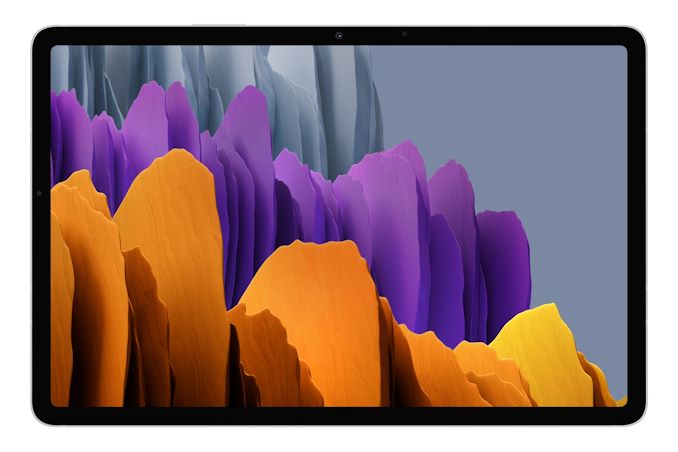 The regular Tab S7 features a similar resolution screen at 2560 x 1600, but at a smaller 11” form-factor and this time around it’s an LCD display. It maintains a 120Hz refresh rate so that will still allow it an extremely smooth content experience.
The regular Tab S7 features a similar resolution screen at 2560 x 1600, but at a smaller 11” form-factor and this time around it’s an LCD display. It maintains a 120Hz refresh rate so that will still allow it an extremely smooth content experience.
The backs of the new tablets are relatively ordinary, except for a prolonged design element that extends from the cameras. This is the charging surface for the new S-Pen which can be held by the accessory Book Cover or Book Cover Keyboard in this position.
The cameras of the tablets are quite nondescript, with Samsung only revealing 8MP for the front camera, a 13MP main camera, and a 5MP ultra-wide angle. We’re not expecting any great quality out of either of these.
Size-wise, as the Tab S7+ is a bigger device, it also has a bigger footprint and weight, about 12% larger in each dimension and a little heavier at 575g. The S7+ features a 10090mAh battery while the S7 features a 8000mAh unit.
Besides the high-quality displays of the new tablets, the one other design element of the new devices is their thickness which comes in at only 6.3mm for the Tab S7 and a mere 5.7mm for the Tab S7+, making the latter the thinnest tablet of this class ever made.
Alongside the side frames we find four speaker grills which house the quad-speaker setup of the tablets, with audio being tuned by AKG and also supporting Dolby Atmos.
The Tab S7 and S7+ will come in either Wi-Fi, LTE (S7 only) and 5G variants (market dependent). Availability of the different models with different configurations as well as RAM and NAND capacity will be highly dependent on local region. In mainland Europe, the Tab S7 starts at 699€ for the Wi-Fi model, and 799€ for the LTE model. The Tab S7+ starts at 899€ for the Wi-Fi variant, and 1099€ for the 5G variant. An upgrade to the 8+256GB variants costs an extra 79€ on top of that.
Availability starts August 24th.


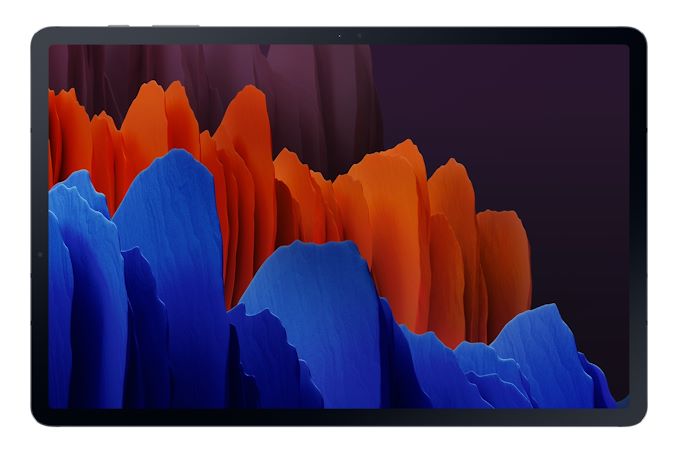
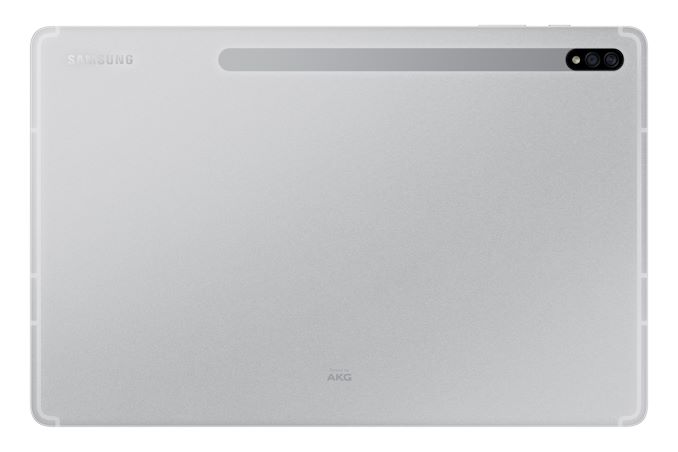
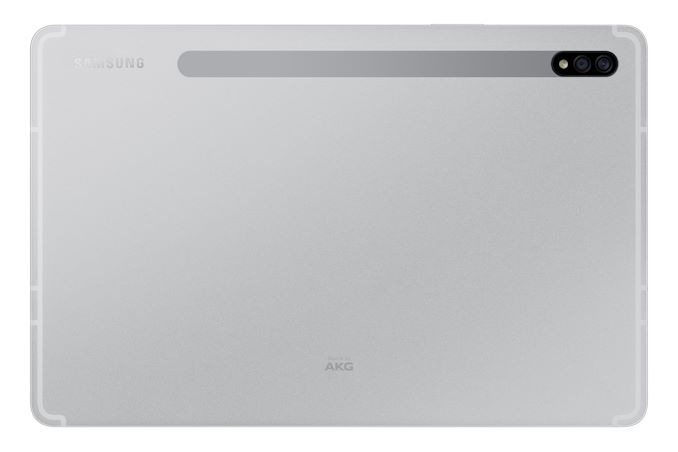










74 Comments
View All Comments
plewis00 - Wednesday, August 5, 2020 - link
He said 60+ Hz, as in, more than 60Hz... and he is right, 75Hz or more is a relatively new thing.danbob999 - Wednesday, August 5, 2020 - link
there was 75 Hz CRT monitors but most people didn't even bother setting the refresh rate to the max in their settings.Except those 144 Hz "gaming" monitor, nobody cares about more than 60 Hz on PC.
dotjaz - Wednesday, August 5, 2020 - link
That's the dumbest thing I've ever seen. Most people set it to 85Hz you dumbass. CRT@60Hz is gonna kill your eyes.TheinsanegamerN - Thursday, August 6, 2020 - link
That's the dumbest thing I've ever seen. Most people dont KNOW what a refresh rate is, you dumbass. Believe it or not most people used CRTs at 60 HZ, why do you think flat panels caught on so quickly?danbob999 - Thursday, August 6, 2020 - link
exactly, most people didn't change the default. Those who think otherwise must have never left their basement.Spunjji - Thursday, August 6, 2020 - link
They really didn't. With the majority of graphics cards Windows would default to 1024x768 at 75Hz. It would only run at 60Hz if you specified a resolution that was too high for the RAMDAC to handle at a higher refresh rate.Flat panels caught on so quickly because people didn't like having a massive ~20Kg lump taking up most of their desk space, and they produced a reliably sharp image. You can take it from somebody who actually lived through that era.
koekkoe - Thursday, August 6, 2020 - link
Relatively new thing? I had a display capable of up to 120 Hz (depending on resolution) over 20 years ago.TheinsanegamerN - Thursday, August 6, 2020 - link
I had a 75 hz monitor back in 2001, and they existed before that on CRTs for years.Spunjji - Thursday, August 6, 2020 - link
Entirely wrong. I was using 75Hz+ monitors in the 1990s - they were generally referred to as "flicker free". Most 17" monitors could do 85Hz at XGA res, the better ones did 100Hz at XGA and 85Hz at 1280x960. 60Hz was gross and gave me eye-strain.60Hz+ is relatively new to *mainstream LCD monitors*.
dali71 - Wednesday, August 5, 2020 - link
A typical tablet user would never drop over $700 on a tablet, just like a typical gamer would never drop over $1000 on a video card, so your point is?